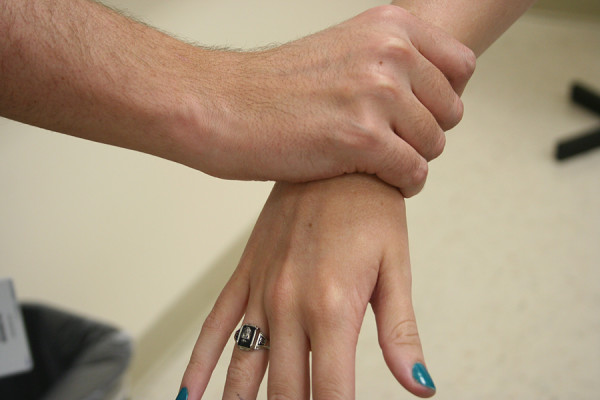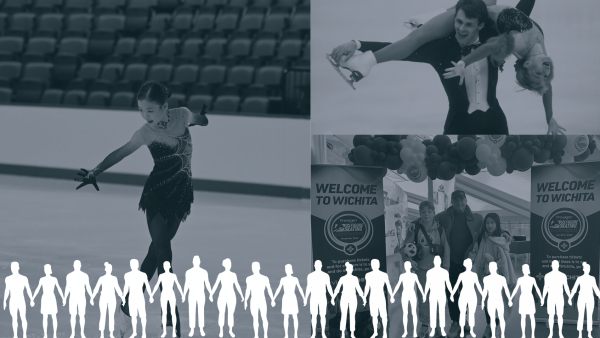Beyond the physical scars
Scars from abuse leave a lasting mark: both physical and emotional.
A few years ago, Claire*, a fresh faced Junior attending a Tampa school met Brennan*. Brennen’s carefree attitude toward life attracted Claire. The two soon became a couple, and had date nights like any other teenage couple. Little did Claire know, “date night” would soon involve alcohol and marijuana.
Not only did Brennan pressure Claire into drugs, but he also pressured her into sexual activity. Although Claire was hesitant, Brennan always knew how to make her comply.
“I always told him I wasn’t comfortable but he’d continue by saying things like, ‘but don’t you love me?‘”
For six months, Claire said she never felt loved or wanted. He rarely texted or called-let alone spend time with her- and when he did, she knew it was only for intimacy.
“He always seemed uninterested. I always felt the need to prove myself and keep him interested.”
She recalls how he would blame her for his problems, and then not contact her for days; but she thought that staying with him would be better than not having anyone at all. It took Claire a full year after her relationship ended to realize it was emotionally abusive.
“I had always thought that abuse was only physical, but I learned that it can be emotional and mental too,” she said. Claire is far from alone. According to the (CDC) High School Youth Risk Behavior Survey, in 2011 9.3 percent out of 6,183 Florida teens are victims of physical pain purposely caused by their partner.
Long term effects of psychological victimization include heavy episodic drinking, depression, suicidal thoughts, smoking, antisocial behaviors, marijuana use, and repeat victimization by future partners according to a 2012 study published in the journal, Pediatrics.
Lead author Deirnera Exner- Cortens, a doctoral candidate in public health at Cornell University, said in a recent interview, “It [emotional abuse] is sometimes even worse than physical. Physical scars can heal but you don’t forget what someone says to you.”
Colleen Armstrong, Reach beyond Domestic Violence’s Youth education specialist explains, “High school age youth are the least likely to tell anyone about abuse.”
Claire said she never told anyone the details of her relationship until she realized it was abusive a year later.
A 2008 state law report card done by Break the Cycle, an organization that surveys the effectiveness of the civil domestic violence protection order laws of all fifty states and the District of Columbia, rated Florida’s requirements for minors getting a civil domestic violence protective disorder a “D”. Since then, Florida has allowed minors to petition for a protection order, making it easier for minors to get protection. Break the Cycle raised the state’s grade in 2010 to a “B.” In 2010 Florida passed K-20 Education Code, XLVIII chapter 1006, prohibiting dating violence and abuse. Brooks Rumenik, the director of the Office of Safe Schools, said this was the first law of its kind. The closest thing before this was a 2008 law concerning bullying and harassment.
Loveisrespect.org, a joint effort of Break the Cycle and National Dating Abuse Hotline, said that one in ten high school students have been purposefully hit, slapped or physically hurt by a partner. When emotional or verbal abuse is included the statistic jumped to one in three.
“Having a boy make you feel worthless [is a] terrible experience,” Claire admits, “I kept [going] back because I felt like I deserved it. It made me feel loved, if only for a little bit.”
As a result of Claire’s relationship, she faced further victimization in subsequent relationships and marijuana use. Realizing how continuing down this path would be destructive, Claire tries to surround herself with positive influences and good friends.
Claire’s advice for anyone in her position is, “To run and keep running. It’s only when you’re far enough from the situation that you can see the truth.”
*names have been changed

As Achona's photo and social media editor, Elaine knows how to make Academy shine. She is the President of the National Forensic League. She also participates...








